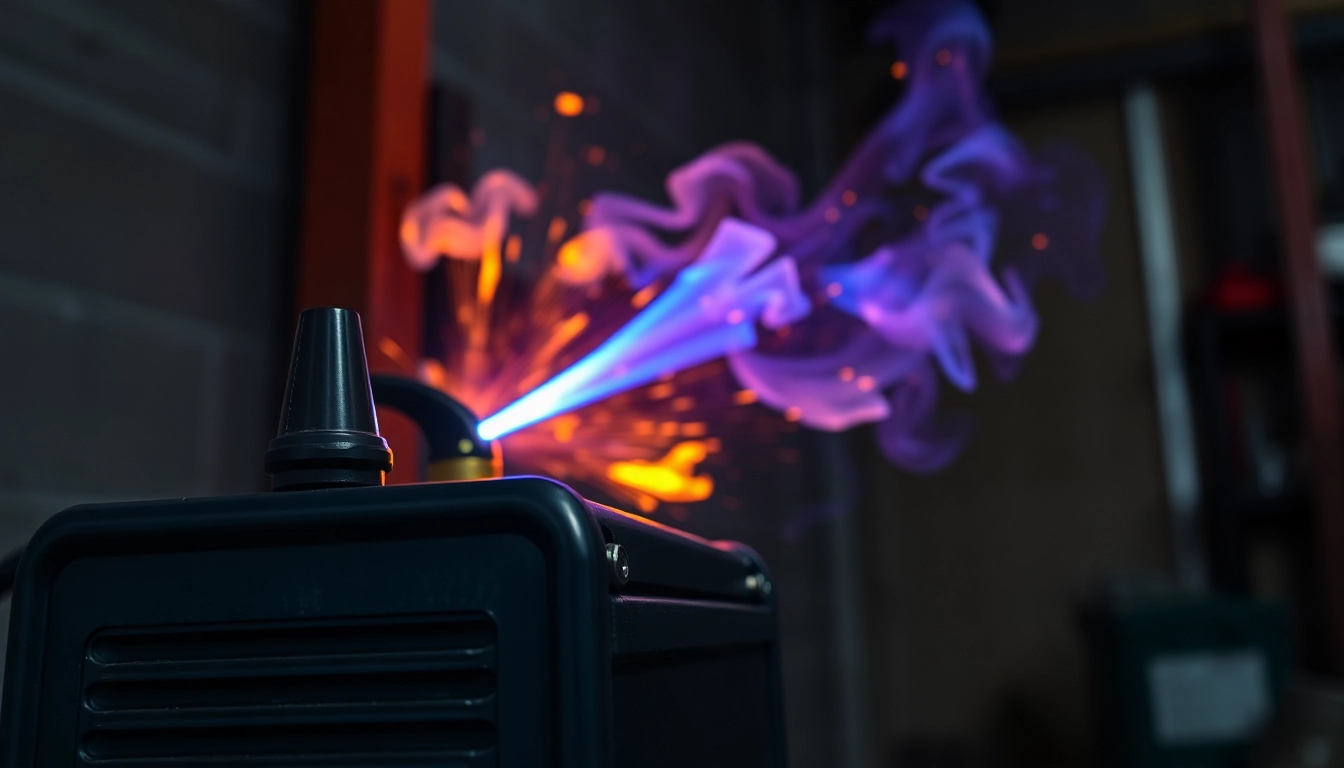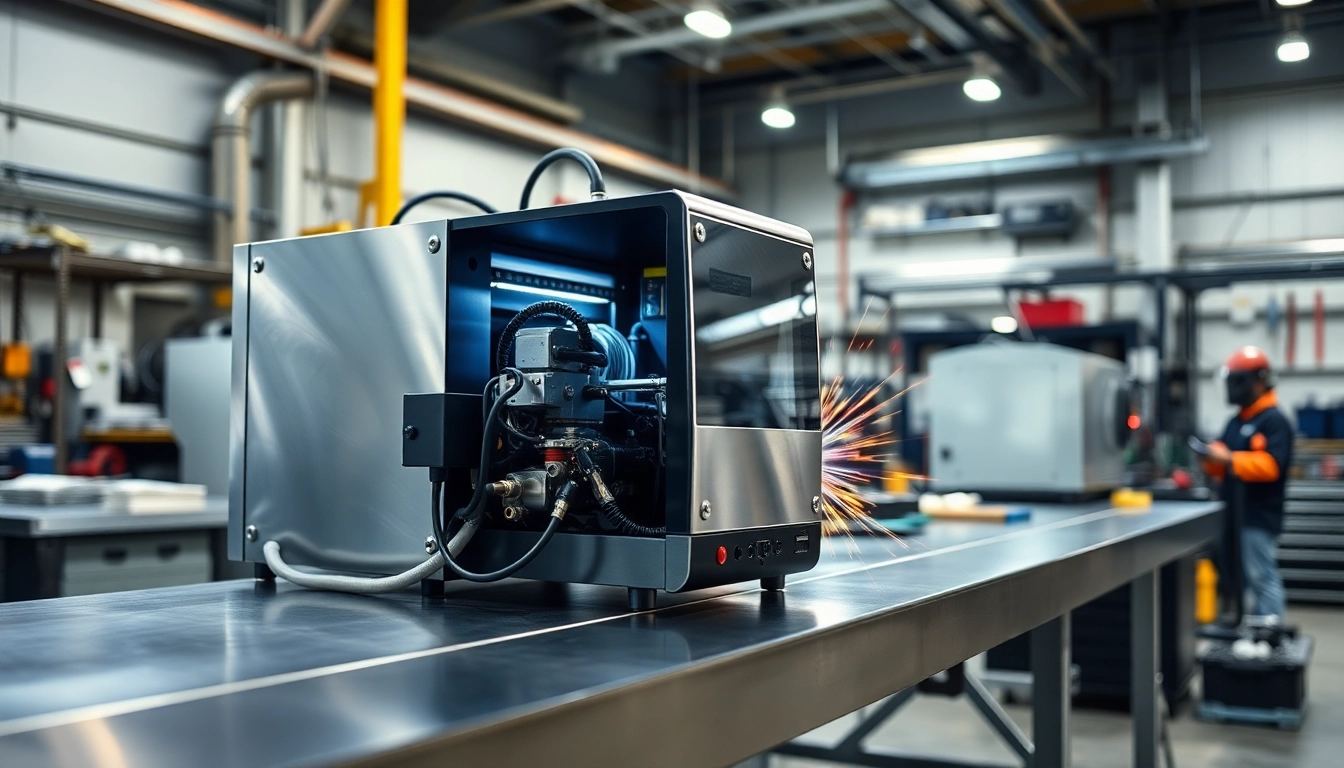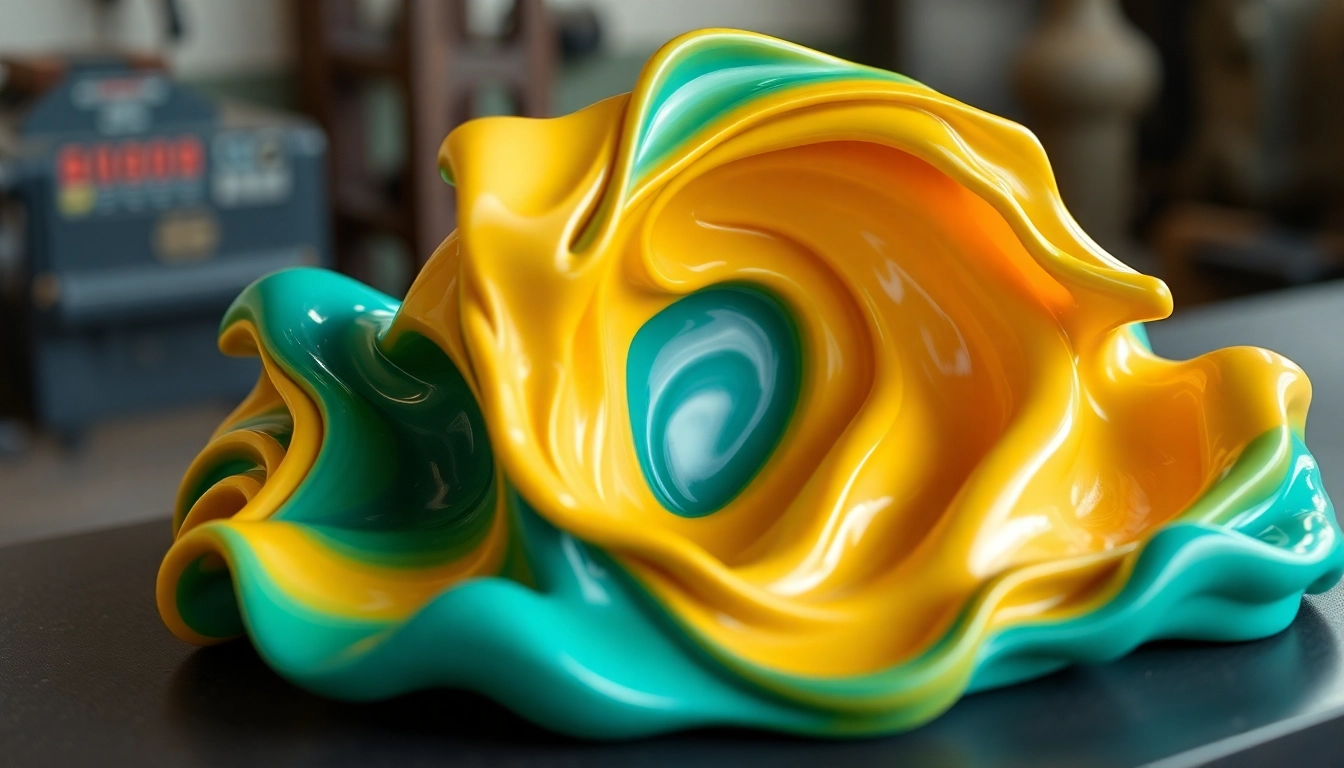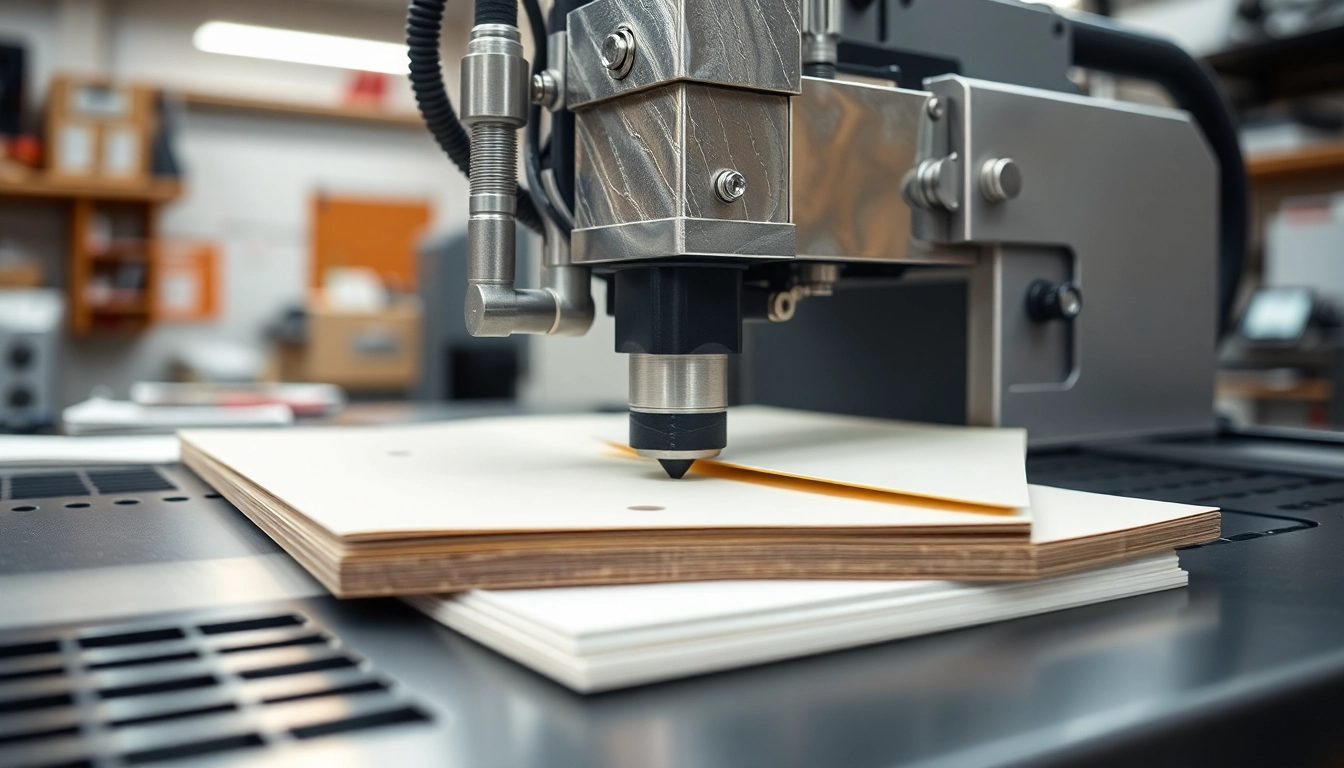Introduction to Oxy Gas Welding Kits
In the realm of metalworking and fabrication, an oxy gas welding kit serves as an indispensable tool for both professionals and DIY enthusiasts. Whether you’re welding, cutting, or brazing, a well-equipped oxy gas welding kit allows you to manipulate metal with precision and efficiency. This guide will delve into the components, benefits, and best practices associated with these essential kits.
What is an Oxy Gas Welding Kit?
An oxy gas welding kit is a comprehensive set of tools designed for joining metals through the process of oxy-fuel welding. This process utilizes a flame produced by the combustion of oxygen and a fuel gas, typically acetylene. When ignited, the oxy-acetylene flame can reach temperatures up to 3,200 degrees Celsius (5,800 degrees Fahrenheit), making it capable of melting various metals, including steel, aluminum, and copper. The kit generally includes a torch handle, nozzles, gas cylinders (oxygen and acetylene), hoses, and various safety equipment.
Key Components of an Oxy Gas Welding Kit
Understanding the key components of an oxy gas welding kit is crucial for proper usage and safety. The primary parts include:
- Oxygen Cylinder: Contains high-pressure oxygen used in combination with acetylene to create a flame.
- Acetylene Cylinder: Holds the fuel gas that, when ignited with oxygen, generates the desired welding flame.
- Regulators: Control the pressure of the gases delivered from the cylinders to the torch, ensuring a stable flow.
- Hoses: Flexible tubes that carry oxygen and acetylene from the cylinders to the torch.
- Torch Handle: The primary tool used to control the gas flow and ignite the flame, often adjustable for different flame types.
- Nozzles: Screw into the torch handle and determine the size and shape of the flame produced.
- Safety Gear: Includes goggles, gloves, and protective clothing to shield the user from heat and sparks.
Common Applications and Benefits
The versatility of oxy gas welding kits makes them suitable for a wide array of applications. Some common uses include:
- Metal Fabrication: Creating and repairing metal structures in industries ranging from construction to automotive.
- Artistic Welding: Artists and sculptors often utilize oxy gas welding for creating detailed metal artwork due to the precise control it offers.
- Repair and Maintenance: Often employed in workshops for fixing damaged equipment, pipes, and machinery.
- Heating and Brazing: The system can also be used for heating metals before bending or during brazing processes.
Overall, the benefits of using an oxy gas welding kit include high temperature, versatility across metals, and portability, making them essential tools in many sectors.
Choosing the Right Oxy Gas Welding Kit
Factors to Consider When Selecting a Kit
When choosing an oxy gas welding kit, there are several important factors to consider to ensure you get the best fit for your needs:
- Intended Use: Determine whether you’ll be using the kit for light-duty home projects or heavy-duty industrial applications, as this can influence the type of kit you need.
- Size of Gas Cylinders: Kits come with different sizes of oxygen and acetylene tanks; larger tanks may be more beneficial for extensive work but may not be practical for home use.
- Regulator Quality: Invest in a high-quality regulator, as this is essential for maintaining stable gas flow and pressures.
- Type of Torch: Look for a torch with adjustable flame settings; this allows for better control over the welding process.
- Weight and Portability: If you need to move your kit frequently, consider the weight and how easy it is to transport.
Top Brands in the Oxy Gas Welding Kit Market
Several reputable brands dominate the oxy gas welding kit market, each providing different functionalities and advantages. Prominent names include:
- Victor: Known for its reliable and high-quality welding torches and kits, Victor is a trusted name in professional circles.
- Harris: Offers a wide selection of torch kits and components, renowned for their solid performance and durability.
- Lincoln Electric: A major player in the welding industry, Lincoln Electric provides a range of options suited for both amateur and professional welders.
- Esab: Provides innovative gas welding solutions recognized for their efficiency and safety features.
Price Ranges and Value for Money
The price of oxy gas welding kits can vary significantly based on the brand, components, and included features. As of 2023, basic kits can start from around $100, while more comprehensive and professional-grade setups can go up to $400 or more. It’s vital to weigh the cost against the quality, warranty, and customer support provided by the manufacturer to ensure you receive good value for money. Always consider your specific needs and frequency of use when evaluating price points.
Safety Precautions for Using Oxy Gas Welding Kits
Essential Safety Gear
Safety should be your top priority when working with oxy gas welding kits. Essential safety equipment includes:
- Welding Goggles: Protect your eyes from harmful UV rays, bright light, and flying debris.
- Face Shields: Provide additional protection for your face and neck from sparks and molten metal.
- Gloves: Wear heat-resistant gloves to safeguard your hands while handling hot equipment.
- Protective Clothing: Use long-sleeved, flame-resistant clothing to prevent burns and injuries.
- Aprons: Consider wearing leather aprons for extra protection against sparks and heat.
Handling and Storing Fuel Gas Safely
Proper handling and storage of oxygen and acetylene cylinders are crucial for safety. Here are some practices to follow:
- Store Cylinders Upright: Always keep gas cylinders in an upright position and secure them to prevent falling.
- Avoid Heat Sources: Do not store cylinders near heat sources or where they could be exposed to flames.
- Use Proper Hoses: Ensure all hoses are rated for the specific gases they will carry and inspect them regularly for leaks.
- Know Your Workspace: Always work in a well-ventilated area and familiarize yourself with emergency shut-off procedures.
Emergency Procedures and First Aid
In the event of an accident or emergency, having a clear set of procedures can save lives:
- Emergency Shutdown: Know how to quickly shut off gas supplies in case of a leak.
- Know the Location of Fire Extinguishers: Always have a fire extinguisher nearby and ensure it is suitable for use on gas fires.
- Seek Medical Assistance: In the event of burns or gas inhalation, seek prompt medical help and report any incidents to the supervisor.
Advanced Techniques with Oxy Gas Welding Kits
Welding Techniques for Different Materials
Different materials require tailored approaches in welding techniques:
- Steel Welding: For steel, a neutral flame is typically used, which produces a consistent and strong weld.
- Aluminum Welding: Aluminum requires a higher flame temperature and the use of filler rods, often needing practice for precision.
- Copper Welding: Similar to aluminum, copper requires a precise technique to maintain the appropriate temperature without melting through.
Adjusting Flame Settings for Optimal Performance
Understanding how to adjust your flame settings can significantly enhance the quality of your welds. Key considerations include:
- Neutral Flame: This is achieved by balancing oxygen and acetylene. It is ideal for most welding processes.
- carburizing Flame: Contains excess acetylene, useful for welding high-carbon steels but can lead to excessive carbon content in the weld.
- Oxidizing Flame: Has more oxygen than acetylene and is suitable for specific materials but can oxidize the weld and affect integrity.
Troubleshooting Common Issues
When working with an oxy gas welding kit, you might encounter various issues. Here’s a guide to troubleshooting them:
- Flame Won’t Ignite: Inspect your hoses for kinks and ensure proper gas flow by checking the regulators.
- Flame is Too Low: Adjust the gas pressure on the regulators to increase the flow.
- Poor Weld Quality: Review your flame settings and ensure you’re using the correct technique for the material.
- Backfire Issues: Ensure that the torch is clean and that the proper nozzle size is being used.
Maintenance Tips for Your Oxy Gas Welding Kit
Regular Checks and Cleaning Routines
Proper maintenance of your oxy gas welding kit is essential to ensure safety and longevity. Follow these tips for routine care:
- Inspect Hoses Regularly: Look for cracks, leaks, or wear and discard damaged hoses immediately.
- Clean Nozzles: Regularly clean the torch nozzles to prevent blockage that can lead to operational issues.
- Check Regulators: Ensure that your regulators are functioning correctly without leaks or pressure fluctuations.
How to Extend the Lifespan of Your Kit
To extend the lifespan of your welding kit, consider these practices:
- Store Properly: Keep the kit in a dry, cool area when not in use, and ensure cylinders are secured.
- Use Correct Components: Always use components that are compatible with your gas types and pressures.
- Follow Best Practices: Abide by safety and operational guidelines to prevent premature wear or accidents.
When to Replace Components
Knowing when to replace parts of your oxy gas welding kit can prevent accidents and ensure optimal performance. Consider replacing components under the following conditions:
- Damaged Hoses: Replace if you see cuts, cracks, or bulges, as these can lead to leaks.
- Old or Corroded Regulators: If the regulator shows signs of corrosion or damage, it’s time to replace it.
- Worn Nozzles: If you notice inconsistent flame quality or welding difficulties, the nozzles may need replacement.



